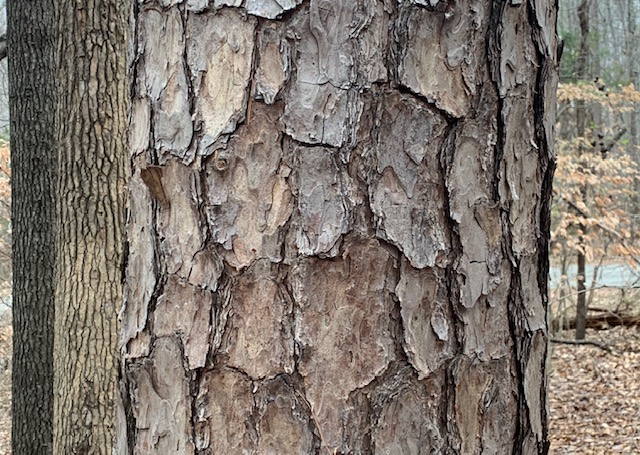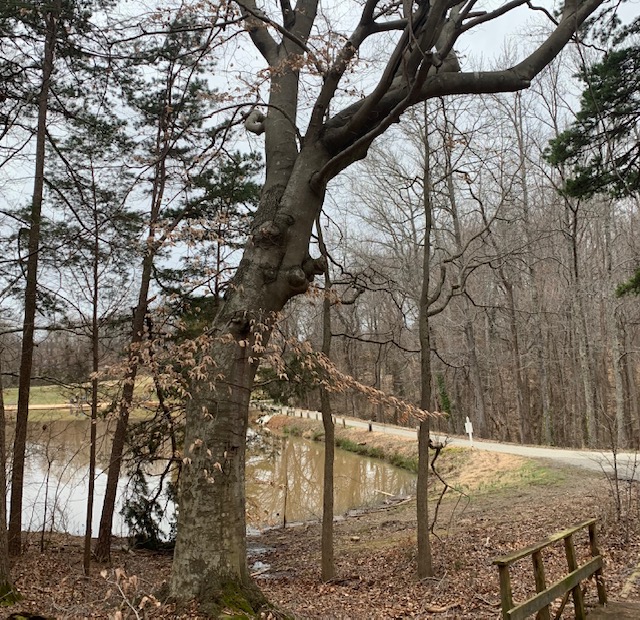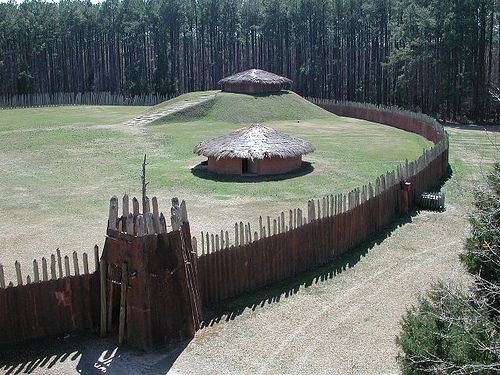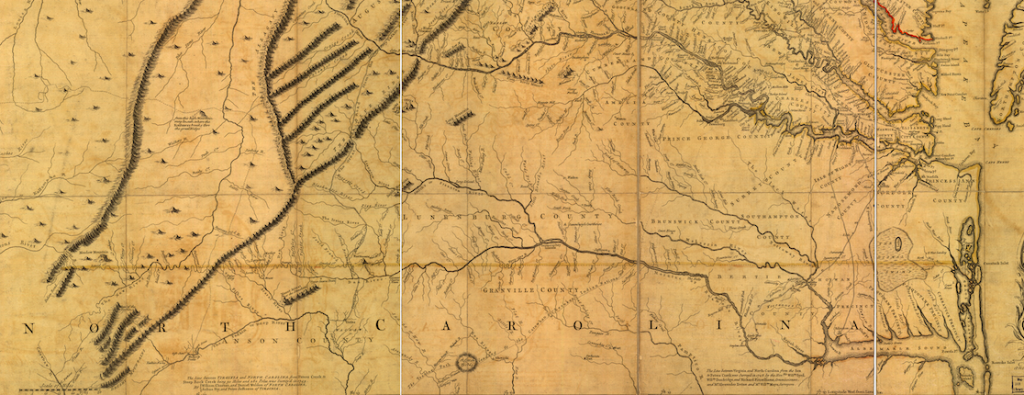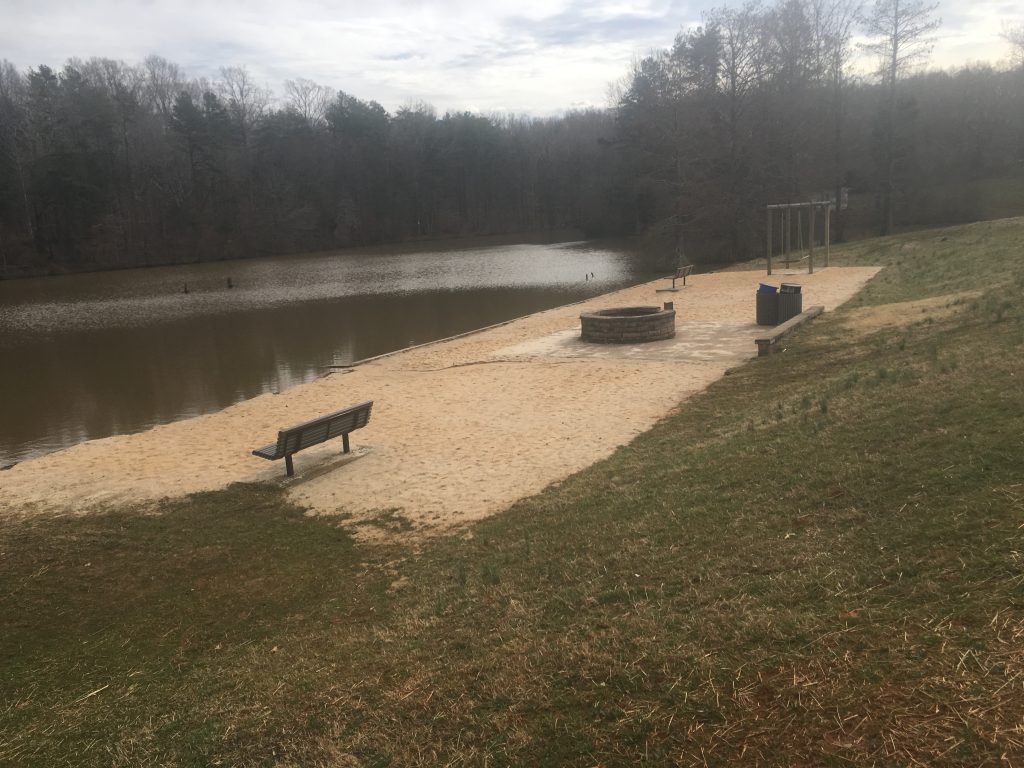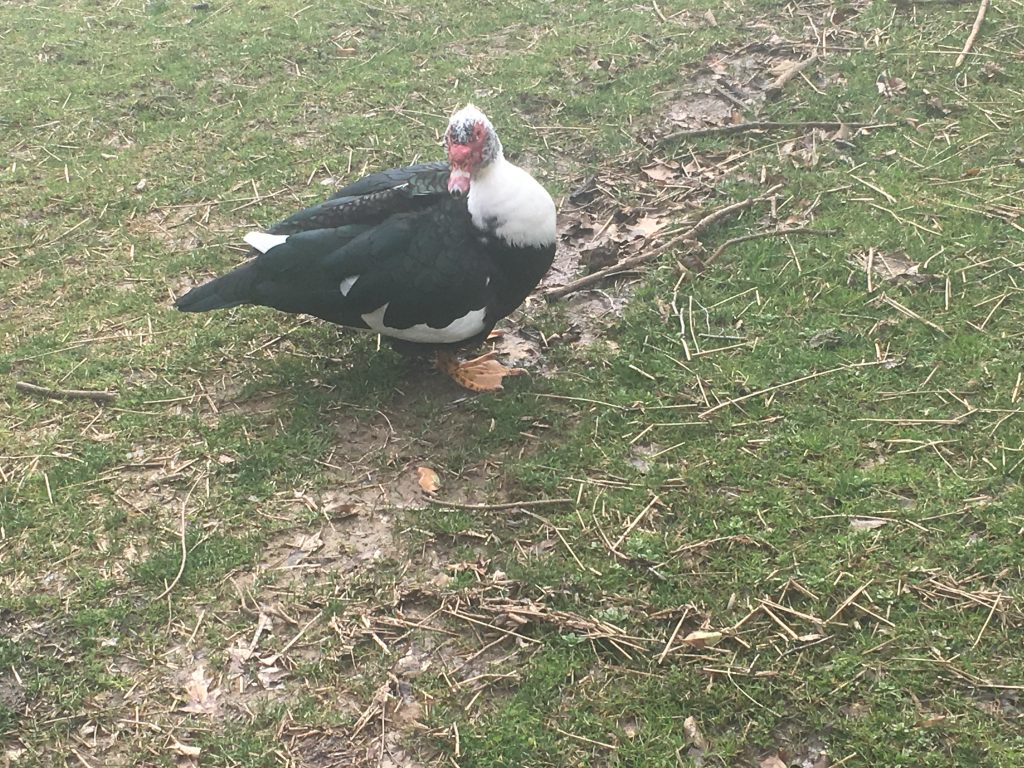
Swimming through the muddy sticky liquid in the creek at Camp Dark Waters was a common occurrence every day. Since the camp is part of the Pine Barrens, there are numerous streams and small rivers that are winding through the woods to various destinations which include estuaries and ultimately ending in the ocean. The water supply for these streams come from an aquifer that is underground which lays close to the Pine Barren surface. These aquifer branches off into four major watersheds, the Mullica River is the largest because it contains the rivers and streams of represents the area’s waterways: “the Wading and its tributary the Oswego, the Batsto and the Mullica itself” (Patch.com). Each stream is unique and has special characteristics to set them apart, for instance, the landscape in which it flows can be flat coastal plains.
Besides these streams and rivers, the water is known for the dark brown water, hence the name Camp Dark Waters. The water is often described as tea-stained and looks like a bronzer color when your skin is emerged in the creek. The creek that twists down the edge of the camp is called the Southwest branch of the Rancocas Creek or as known as the Haines Creek and the part just above the dam downstream from camp is often called Lake Catoxen. It starts in the Pine Barrens and eventually empties into the Delaware River. The name Catoxen seems to come from a band of Native Americans that lived nearby on the land. The cedar color water comes from brew organic compounds, which is called humates and is the result of decomposing plant matter. In the Pine Barrens where this naturally occurring plant compound is called tannins, while the Atlantic White Cedar also contributes to the dark waters. Normally, these natural compounds would be broken down by organisms, but there is comparatively little life in these streams because of another major element: high levels of acidity. The level of ph is ranging from a 5.5 to 3.6 on the ph scale. Most of the species are unable to exist in these waters because the level of the ph is too high, so the organisms can’t tolerate the acidity scale. There are only a few amphibians that can live in these rivers and streams such as the rare species of the endemic Pine Barrens tree frog. These tree frogs are registered on New Jersey’s endangered and threatened species Field Guide.

A longtime family friend John Braxton and his colleague Wayne R. Ferren Jr. wrote a published article in the Philadelphia Botanical Club called The Vascular Plants of Camper Dark Waters, Medford, New Jersey, 1912 to 2015 about the discovery and history of plant species in the past and present on the land that is Camp Dark Waters. Many years before the camp was established on the land, the property was owned by Witmer Stone in which he had high standards at the Academy of Natural Science of Philadelphia starting from 1893 to 1938. Himself and four of his colleagues, used these lands to based their operation to study Southern New Jersey botany and ornithology. Camp Dark Water was a site for the first book that Stone would publish about the numbers of plants species that grow on this land. As a result, they built a cabin to do their research in, which was called “
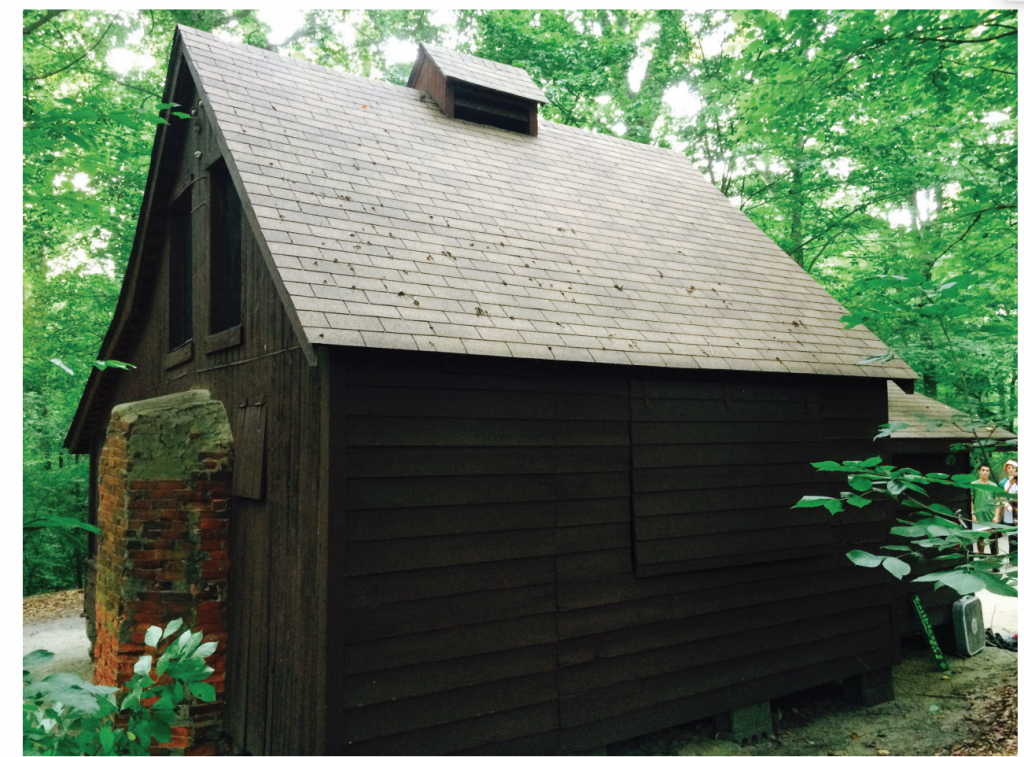
Stone was precise when listing species of plants and he would record the localities where he found the plants but also grouped the localities into four categories called “Middle District”, “Pine Barren”, “Coastal Strip”, and “Cape May.” According to Braxton and Ferren, “Medford was in Stone’s ‘Middle District’, and he documented approximately 327 species of vascular plants that had been found in Medford, New Jersey by various collectors at some time up to 1911. Of these 327 species, Stone himself collected specimens representing approximately 261 species in Medford” (78). Stone made a good dent in discovering and collecting lots of species that are documented in the herbarium history of the Academy of Natural Sciences of Philadelphia. Next time, I will get into the specific species of plants and herbarium specimens that Witmer Stone ultimately finds.






